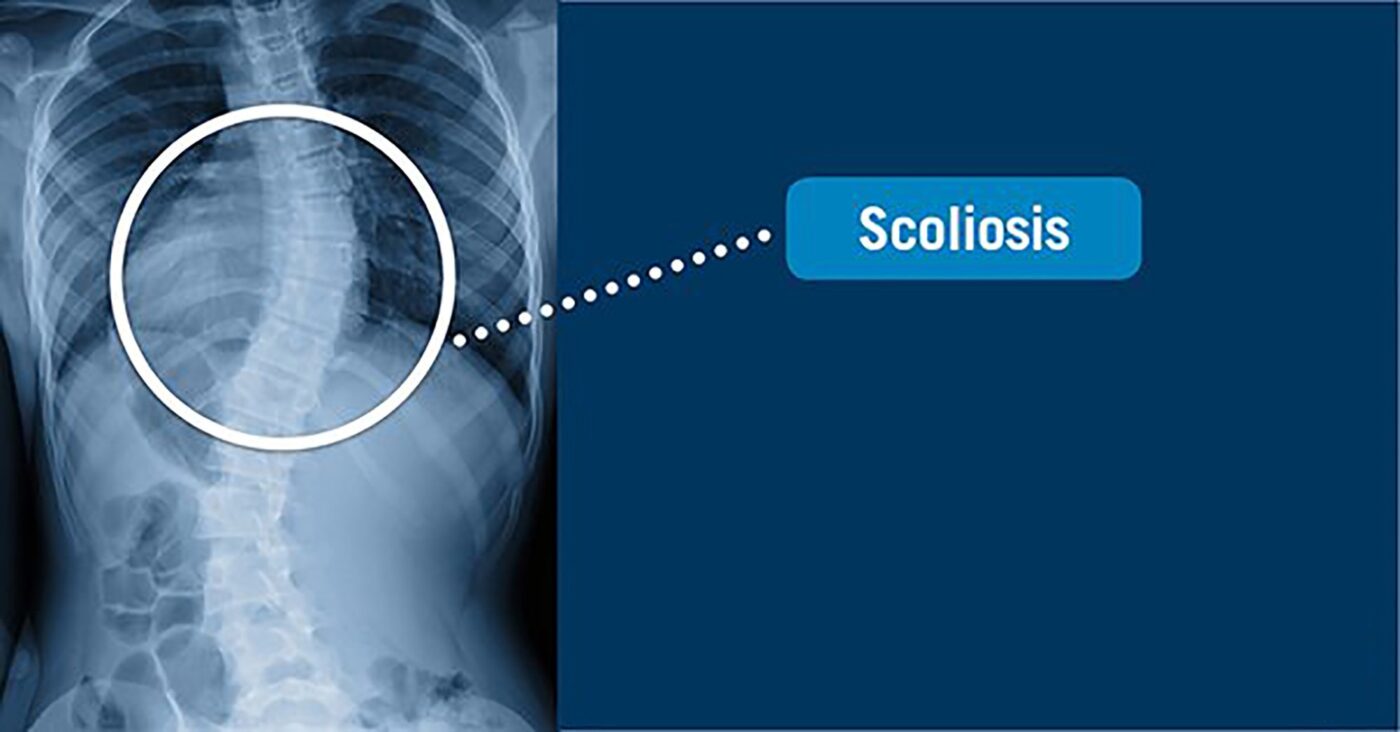Scoliosis surgery has evolved significantly, with advancements enhancing traditional methods and introducing minimally invasive techniques. This overview explores various types of scoliosis surgery, their advantages, and the innovative scoliosis screening products from Forethought.

Common Scoliosis Surgery Types
Spinal Fusion Surgery
Spinal fusion surgery is a well-established method for treating scoliosis. It involves fusing vertebrae using bone grafts, which may be sourced from the patient’s body or protein substitutes. The healing process typically spans about three months, and smoking cessation is critical for optimal recovery.
- Source: National Institutes of Health

Osteotomy
Osteotomy involves cutting and removing affected bones to correct scoliotic curves. This procedure can be performed via anterior or posterior approaches and is suitable for rigid curves in adults, large curves in children, or following prior fusion surgeries.
Video-Assisted Thoracoscopic Surgery (VATS)
VATS is a minimally invasive procedure for thoracic spinal curvature, requiring small chest incisions and the deflation of one lung. It uses cameras and scopes to guide the surgery, resulting in smaller scars and quicker recovery.
- Source: Mayo Clinic
Thoracoplasty
Thoracoplasty aims to reduce rib hump prominence by partially removing ribs. It is often combined with other corrective surgeries and may require chest tubes post-operation.

- Source: Cleveland Clinic
Hemivertebrae Excision
Hemivertebrae excision addresses wedge-shaped vertebral bodies causing kyphosis or scoliosis. This surgery often involves an anterior-posterior or posterior approach and may require implanting rods and screws, with braces worn afterward.
- Source: Spine Health
Minimally Invasive Surgery
Modern minimally invasive techniques, such as endoscopic-assisted and percutaneous endoscopic surgery, offer reduced surgical trauma, shorter recovery times, and fewer complications. These methods use smaller incisions and advanced tools to enhance precision.
- Source: Journal of Spinal Disorders
Advantages of Minimally Invasive Surgery
Reduced Trauma
Minimally invasive surgery involves smaller incisions, which reduces trauma and bleeding, leading to a quicker recovery.
- Source: Orthopedic Reviews
Increased Precision
High-tech tools and microscopy used in minimally invasive surgery allow for more accurate operations, reducing risks and improving outcomes.
Faster Recovery
Due to smaller incisions, patients generally experience a faster return to normal activities, minimizing postoperative inconvenience.
- Source: Spine Journal
Limitations
While minimally invasive surgery has many benefits, it may not be suitable for all patients. Some complex cases may require traditional open surgery.
Forethought’s Scoliosis Screening Instruments
Forethought offers advanced scoliosis screening products that combine cutting-edge imaging technology with intelligent analysis algorithms to provide accurate assessments of spinal health.
No Radiation Adults & Juvenile Scoliosis Diagnosis
The Spinal Cobb Angle was Measured
Intelligent Scoliosis Screening Diagnosis & Spine Assessment
Scoliosis Test Results in 10 Seconds
At Forethought Medical, we are revolutionizing scoliosis diagnosis with innovative, radiation-free imaging technology. Our cutting-edge solutions provide accurate, real-time insights, empowering healthcare professionals to make informed decisions that improve patient outcomes. With numerous patents and industry awards, we are committed to delivering safe, efficient, and reliable diagnostic tools for medical professionals worldwide.

Technological advantage
● Innovative Smart Light Sensing Technology
Dynamic Capture Of Small Angular Velocity Changes Using Mems Sensors
● Accurate Terrain Scanning Technology
According To The Speed Of The Operato Different Back To Collect The Best Terrain Data
● Accurate Terrain Scanning Technology
Multi-Level, Multi-Space Information For Complementary And Optimal Combination Processing
Technological Principles
Forethought’s products utilize X-ray imaging and computer-aided diagnostics to deliver comprehensive three-dimensional scans, offering detailed measurements of spinal curvature and torsion.
- Source: Forethought
User Experience and Clinical Application
The products are designed for ease of use, allowing quick access to imaging data and analysis results. They have been refined through clinical feedback and are widely recognized in medical practice.
Source: Clinical Orthopaedics and Related Research

